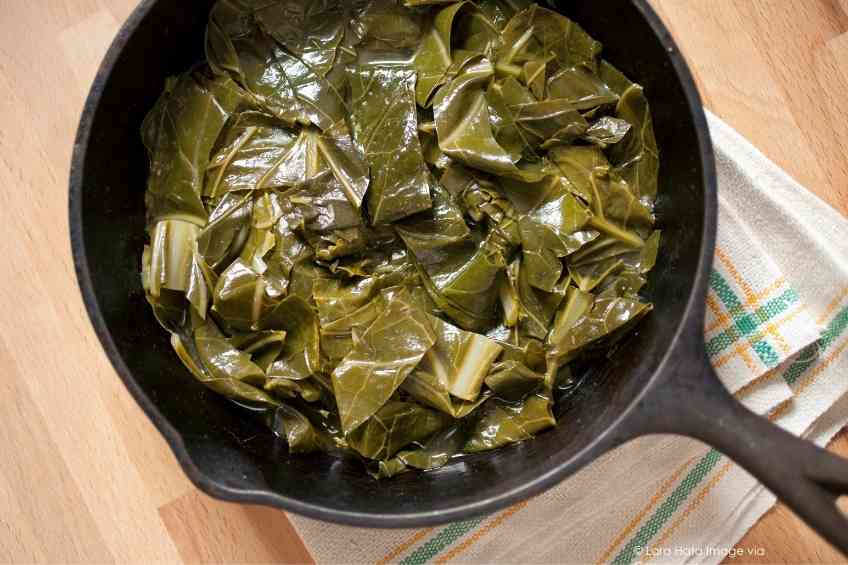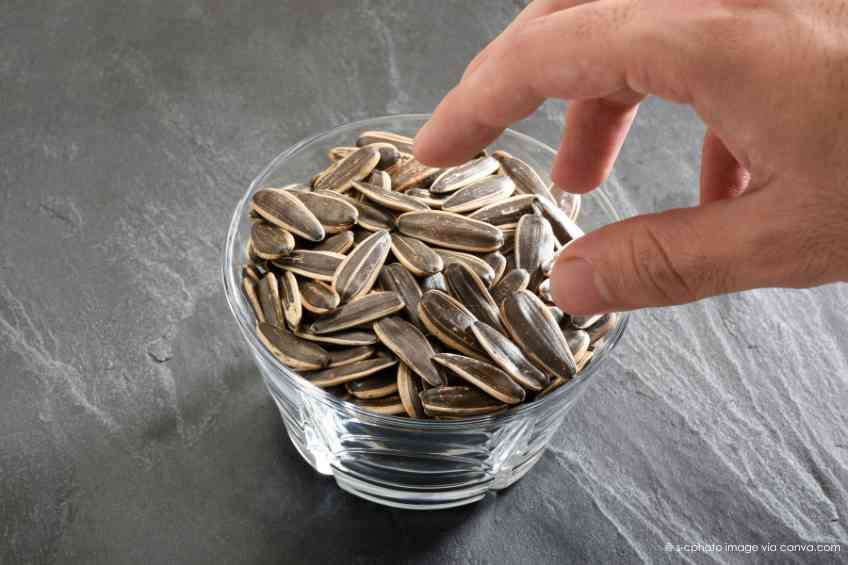The Skinny:
It may be time for collard greens to step up, especially when compared to the superfood kale. Both stiff, dark green cruciferous vegetables are relatives of cabbage, nutritionally similar and interchangeable in recipes. But collard greens may have one up on kale because when cooked up, it boasts two more grams of protein and fiber. The benefits of this longtime Southern food staple don’t end there. Read on to learn more.
The Slate:
By The Numbers
The United States Department of Agriculture reports that one cup of chopped raw collard greens has only 11 calories, 0.2 grams of fat, no cholesterol, 6 mg sodium, 77 mg potassium, 46.4 millionth of a gram of (µg) folic acid and 157 µg vitamin K, 2 grams total carbohydrates, 1.4 grams dietary fiber, 0.2 grams sugar and 1.1. grams protein. It also provides more than 100 percent of the Daily Value of vitamin K, 21 percent of vitamin C, 8 percent of calcium 1 percent of iron, 5 percent of vitamin B6, and 2 percent of magnesium. Note that cooking compresses collards approximately sixfold, which multiplies things like calories and fiber.
Dieter’s Delight
Collard greens are very filling, yet low in calories, while containing lots of vitamins—A, B-6. C, K, as well as calcium, iron, magnesium, thiamin, niacin, pantothenic acid and choline. All this helps control weight while providing nutrition. Wilting during cooking reduces their volume about sixfold, which means a cup of cooked collards still has only 62.7 calories.
Some traditional recipes slather on more bacon fat, molasses, sugar and salt than may be desirable. But healthier online recipes abound.
Aids Digestion
The high water and fiber content of collard greens makes them a winner when it comes to aiding digestion and keeping people regular. Remember the impact of cooked collard greens on compression. A cooked cup has a high water content and 7.6 grams of fiber, which accounts for 29 percent of the recommended Daily Value. The sulforaphane in collard greens also adds beneficial bacteria to the gut.
Lowers Blood Cholesterol
None of the fats in collard greens are saturated, which when added to the high fiber and potassium content of this veggie can enhance good HDL levels and lower bad LDL cholesterols. This helps avert plaque and fatty deposits in heart vessels, improving cardiac muscle function and heart health.
Brain Food
A study that traced the dietary habits of almost 1,000 mature adults up to age 99 found that people who ate one to two servings of these dark greens a day had a substantial slowing of cognitive decline, displaying the cognitive abilities of someone 11 years younger, with fewer symptoms of Alzheimer’s.
Detoxes Liver
The sulfur-containing compounds in collard greens, glucosinolates, are not only responsible for the vegetable’s rich green color and slightly bitter taste, but they also help detoxify the liver and other body cells. Detoxification benefits can be enhanced by chopping greens to make it easier for digestive enzymes to metabolize glucosinolates into isothiocyanates and indole-3-carbinol.
Combats Cancer
These dark green veggies contain established cancer-fighting compounds like sulforaphane, indole-3-carbinol and diindolylmethane. These compounds help battle cancers, especially breast cancer, by targeting six different chemical pathways.
Building Better Bones
The vitamin K in collard greens helps a person absorb calcium needed for healthy bone growth and the prevention of osteoporosis. The USDA, in fact, notes that one cooked or raw cup of collard greens has more than the recommended Daily Value of vitamin K. Note that those taking blood-thinning drugs should check with their doctor before consuming large amounts of collard greens.
Lowers Blood Pressure
The high fiber and nitrates in collard greens help lower blood pressure. Another blood pressure benefit is that this vegetable holds twelve times as much potassium as sodium, which is considered a great sodium-to-potassium ratio.
Looks Good
Collard greens hold plenty of vitamin A, which helps produce sebum that is beneficial for healthy-looking skin and hair. The vegetable’s vitamin C content is another boon to skin, hair and nails thanks to its related collagen boost.
Eyes Up:
Why are you cooking with collard greens? Let us know at info@wellwellusa.com.
WellWell editors independently identify services and products of interest. If readers purchase anything through the associated links, WellWell may earn a commission, which goes to support our work. Learn More.













